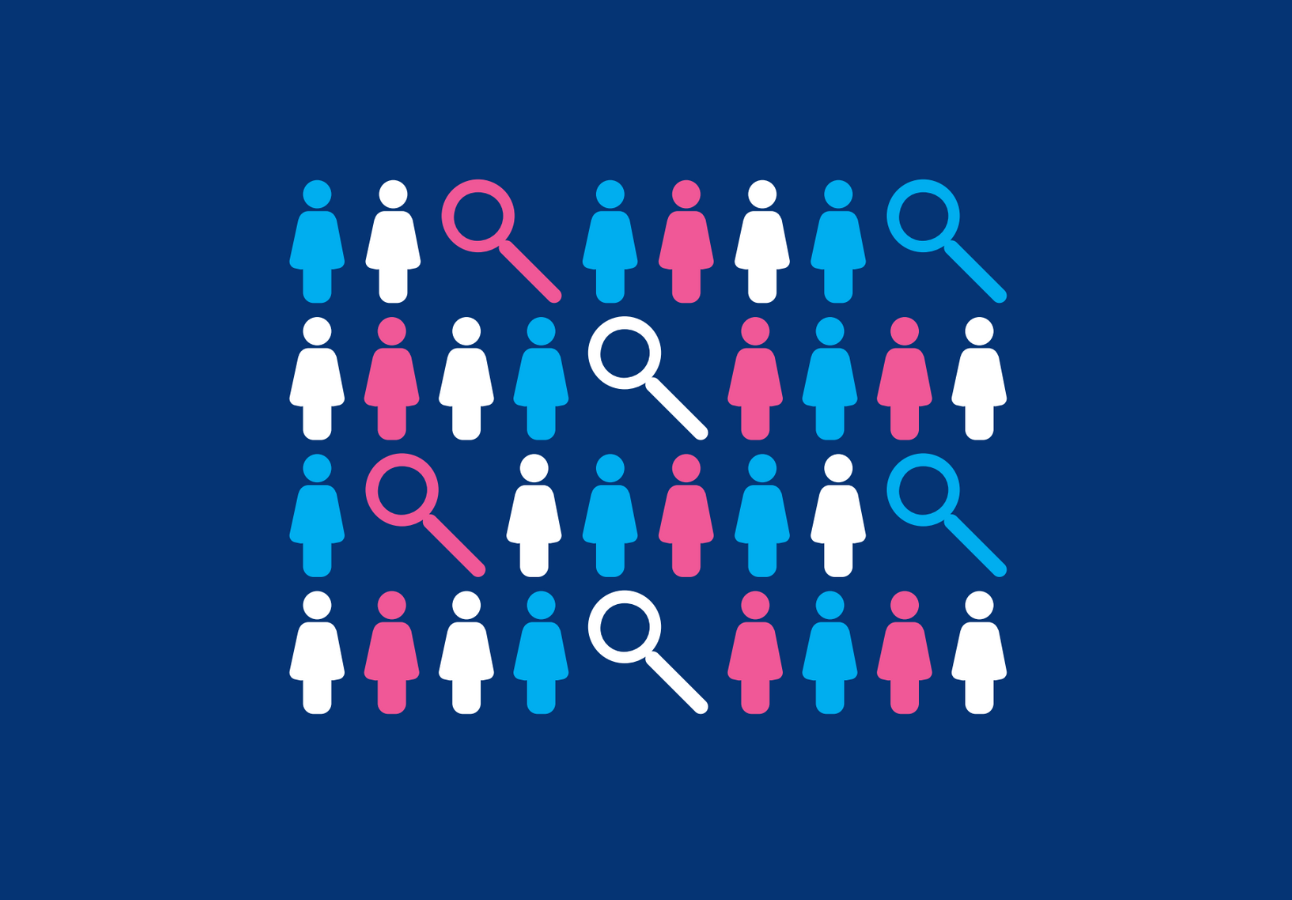
Helping women with learning disabilities express their views
Lois Cameron is a director at Talking Mats®. Lois developed the organisation in partnership with fellow director, Joan Murphy. Talking Mats is a social enterprise whose vision is to improve the lives of people with communication difficulties by increasing their capacity to communicate effectively about things that matter to them. Here, Lois writes about their successful communication tool to help identify people with learning disabilities who are experiencing domestic abuse. Scroll to the end for the audio version.
At the recent Spotlight On Violence Against Women and Learning Disabilities conference organised by NHS Health Scotland there was a great desire to address the increased risk that women with learning disabilities face. They are particularly vulnerable to abuse of all kinds: financial, physical, emotional and sexual. The conference was attended by a diverse range of people including: third sector organisations offering specialist support, accident and emergency staff, dental practitioners, advocacy groups and learning disability nurses.
One of the common themes that emerged from the different practitioners was the need for more information and for that information to be accessible. It was recognised that women who need help often do not know where to get it. Even when they are in contact with services, staff do not always pick up on the signs that all is not well, and do not know how best to support the women in order to help them say what is worrying them.
The incidents of communication difficulties are extremely common with people with learning disabilities. These impact both the understanding of information as well as the ability to formulate sentences and articulate a view. Communication difficulties are exacerbated if the content discussed is emotional and challenging.
The conference made me reflect on a collaborative project called Keeping Safe that I have been working on for the past six years. In conjunction with other partners, we have been developing a visual tool for people with a learning disability to think about their lives and raise issues of concern. The project has been funded by the Scottish Government.
We use a visual method of communication developed at the University of Stirling called Talking Mats®. Evaluation of the project demonstrated that people with a learning disability are able to use the Talking Mats Keeping Safe resource to raise concerns. Staff reported that they have often learned new things about the people they were working with.1
There are lots of reasons why I think this resource works and enables people with a learning disability to understand, reflect and express their views.
Here are some of them:
- The use of colour pictures is engaging and the images help explain the topics and reduce the cognitive load for the person with a learning disability. This in turn lessens acquiescence. When people find language difficult and they are asked a question, they will often just agree rather than admit they don’t know what you are asking. Using images can therefore contribute to aiding understanding and thus help to have a more effective conversation.
- The images give people a way of expressing themselves without too much emphasis on verbal communication. They can express a view simply by placing an image on the mat. Taking away the pressure to formulate sentences allows the person to talk if they want to and the quality of information in the conversation is often enhanced.
- The conversation is mediated through the placing cards on the mat. This takes away the pressure of eye contact which can be difficult for some, particularly those with autism. It also means that people can take as long as they want to respond and that it is easier for the silence to be held. Often when there is silence people fill the silence with more chat and if someone has a different way of processing language, this can add to their difficulties.
- The Keeping Safe Talking Mat creates a listening space to ask, “How is your life going for you?” That may sound like a very broad question but it was divided into 3 different topics : your well-being, your relationships and thoughts and feelings. The structure and associated images helped people reflect on the different facets of their lives. It also gave staff a fresh perspective giving a greater understanding of what was going on for an individual.
- The resource is holistic and allows people to comment on the small things in their lives as well as the bigger and potentially more difficult things. Indeed, building people’s capacity to comment on small concerns is critical to helping them raise bigger concerns. The visual images and the structure of the resource gives permission for both parties to talk about more difficult topics.
Reflecting on the Spotlight On Violence conference, I realised how crucial it is for services to work together. We need to understand that if we are to address what seems like an intractable issue then there has to be a genuine appreciation of the skills different services bring to the table.
For me, at the heart of this, lies accessible and adapted communication. We must strive to get communication right for a group of women who by their life experiences are likely to be disempowered and vulnerable. How we communicate, and how we adapt our own verbal and non-verbal language to enable others to communicate effectively, is critical to developing quality and effective services and ensuring safer lives.
You may also be interested in


Disabled people and domestic abuse spotlight

